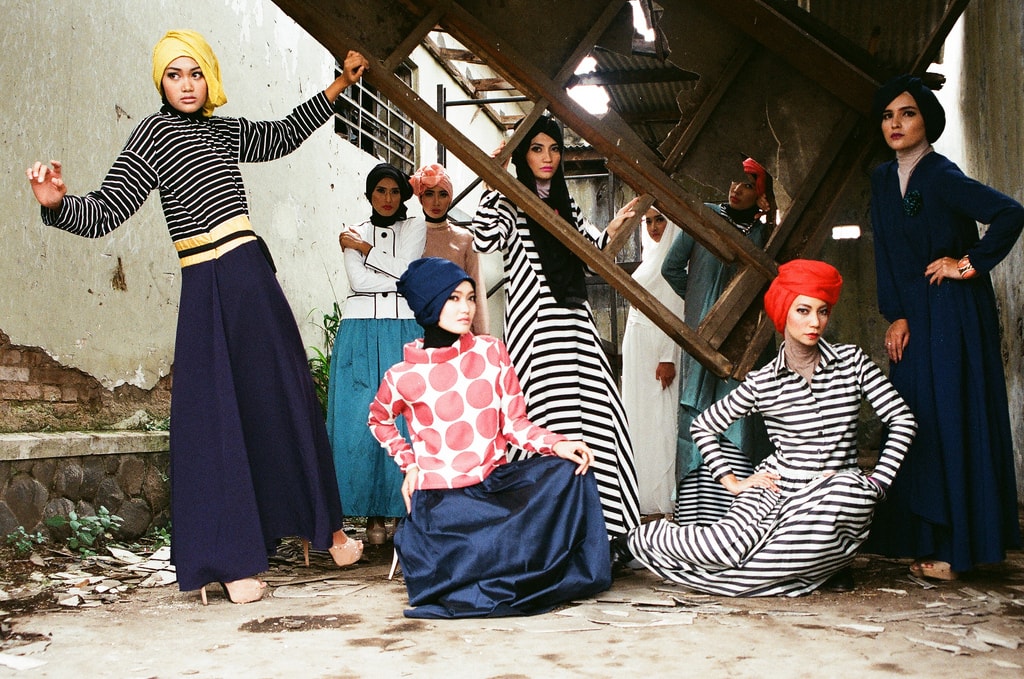Budget Friendly and Stylish Eastern Wear Pakistan for Every Budget
Budget Friendly and Stylish Eastern Wear Pakistan for Every Budget
Blog Article
Unveiling the Rich Heritage of Eastern Style
Exploring the detailed tapestry of Eastern fashion introduces a world where custom meets advancement, and craftsmanship links with social significance. From the luxurious silks of ancient empires to the intricate needlework of nomadic tribes, each garment informs a tale that transcends time and boundaries, resembling the rich heritage and creative heritage of the East. As we peel back the layers of history and custom, a fascinating journey waits for, unraveling the tricks behind the exciting allure and long-lasting influence of Eastern fashion on the worldwide phase.
Origin of Eastern Fashion

In Mesopotamia, for instance, the Sumerians and Babylonians developed garments using linen, natural leather, and wool, decorated with detailed patterns and fashion jewelry. Old Egyptians are renowned for their advanced weaving skills and the usage of light-weight, breathable fabrics like bed linen. Chinese style highlighted the relevance of color meaning and detailed embroidery methods, while Indian garments included lively hues, lavish fabrics like silk and cotton, and fancy drape designs such as the saree.
These old human beings not only influenced each various other but likewise led the way for the diverse and culturally abundant tapestry that is modern Eastern fashion. Via centuries of evolution, Eastern fashion remains to flourish, blending custom with contemporary impacts to develop ageless and special designs.
Cultural Influences and Traditions
Drawing from centuries-old customs and beliefs, cultural impacts and practices play a crucial duty in forming the essence of Eastern fashion (eastern wear pakistan). The abundant tapestry of societies across Eastern regions such as Asia, the Center East, and Africa has actually greatly influenced the clothing designs, shades, fabrics, and designs that prevail in Eastern style today
In nations like India, Japan, and China, typical garments like kimonos, sarees, and cheongsams continue to hold substantial social significance and are typically adorned with intricate needlework or symbolic patterns that reflect ingrained beliefs and values. In Center Eastern countries, the streaming abayas and kaftans put on by men and females not only offer as modest clothes but likewise reflect the area's cultural heritage and Islamic customs.
Furthermore, using particular shades like red completely luck in Chinese society or intricate geometric patterns influenced by Islamic style additionally exemplify how social impacts manifest in Eastern style - eastern wear pakistan. By recognizing and protecting these social impacts and traditions, Eastern fashion remains to evolve while staying real to its rich heritage
Evolution of Eastern Wardrobe
With time, Eastern garments have undertaken significant improvements, mirroring a blend of custom and modernity in their layout and design. Traditional Eastern garments such as the saree, salwar, robe, and hanbok kameez have actually advanced to incorporate contemporary elements while protecting their social significance.
One noteworthy advancement is the usage of innovative fabrics and methods in Eastern garment building. Typical handwoven fabrics like silk and cotton have actually been enhanced with modern-day materials such as polyester and blends, using boosted durability and ease of care. Additionally, developments in printing innovations have made it possible for intricate patterns and designs to be incorporated into Eastern garments with accuracy and information.
In addition, adjustments in shape and customizing have updated Eastern attire, making them a lot more appropriate and flexible for diverse occasions. Traditional outfit codes have actually relaxed, allowing for experimentation with decorations, shades, and styles. This evolution has not just made Eastern garments extra attractive and accessible to an international target market but has additionally guaranteed their continued importance in contemporary fashion landscapes.
Significance in Eastern Clothing
Discovering the deep-rooted social importance woven into Eastern clothes unveils an abundant tapestry of significance and practice. Eastern garments are frequently imbued with symbols that reflect the wearer's societal standing, religions, and cultural identity. In numerous Eastern cultures, the color red symbolizes luck and success, making it a popular selection for wedding event clothing. Likewise, detailed embroidery patterns can communicate tales of folklore or stand for true blessings for the wearer.
Furthermore, specific garments hold symbolic meanings. Its layout, textile, and also the method it is worn all carry deep social value.

Influence of Eastern Style Today

The unification of Eastern elements in Western fashion has actually led to a blend of designs that deal with varied preferences and choices (eastern wear pakistan). Developers usually attract ideas from Eastern silhouettes, patterns, and fabrics, creating innovative and unique items that mix conventional and contemporary looks. This cross-cultural exchange has not just revitalized the garment industry yet additionally promoted a deeper gratitude for Eastern heritage and craftsmanship
In addition, the surge of electronic systems and social media has further amplified the influence of Eastern style, allowing brands and designers to reach a bigger target market and showcase their social heritage to the globe. Through cooperations, style shows, and on-line campaigns, Eastern fashion remains to flourish and evolve in today's vibrant and interconnected international landscape.
Final Thought
Finally, the abundant heritage of Eastern fashion is a testimony to the cultural impacts, elaborate workmanship, and profound symbolism embedded in each garment. From old click to read worlds to modern interpretations, Eastern style continues to mesmerize with its unique mix of tradition and advancement. The impact of Eastern style today acts as a tip of the timeless elegance and imaginative expression that have made it a worldwide sensation celebrated for its abundant social heritage.
Exploring the detailed tapestry of Eastern fashion reveals a globe where tradition satisfies technology, and workmanship intertwines with social symbolism.The withstanding importance and cultural importance installed in Eastern clothing continue to shape and affect the modern impact of Eastern fashion today. Eastern fashion has gone beyond boundaries, becoming a global phenomenon accepted by developers, celebs, and fashion lovers worldwide.In final pop over to this web-site thought, the click to investigate abundant heritage of Eastern style is a testimony to the cultural influences, complex workmanship, and extensive symbolism embedded in each garment. The effect of Eastern fashion today serves as a tip of the classic style and artistic expression that have made it a global phenomenon celebrated for its rich cultural heritage.
Report this page